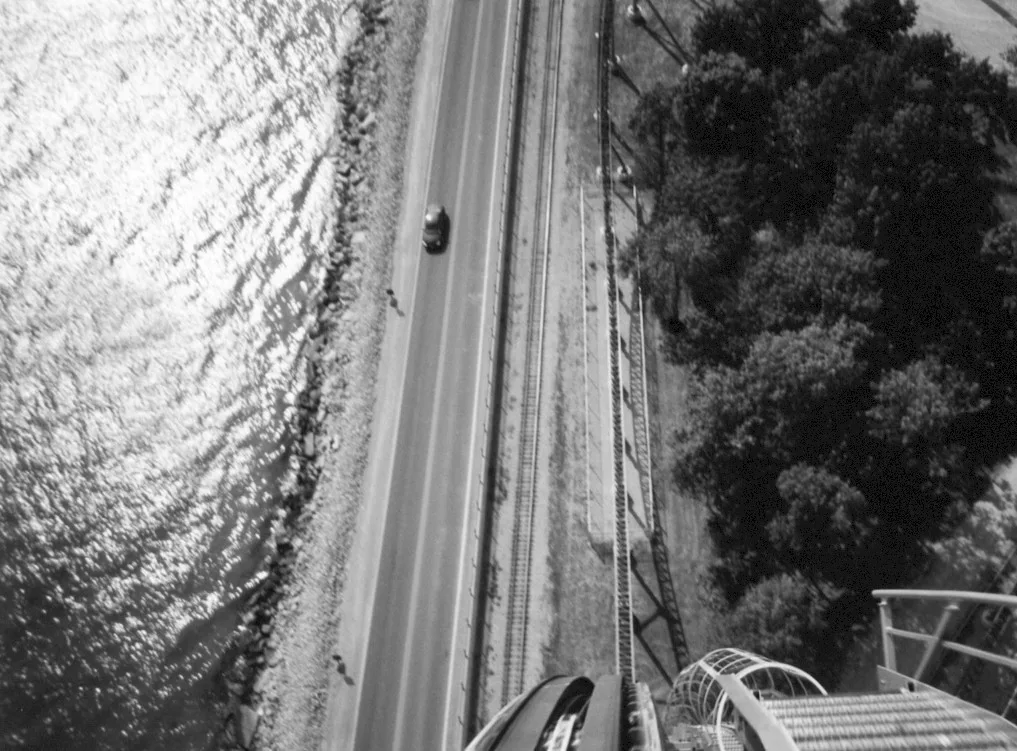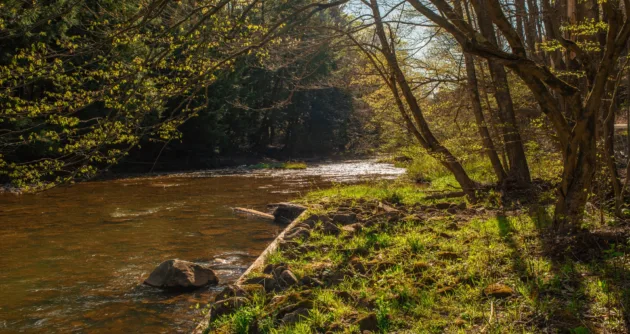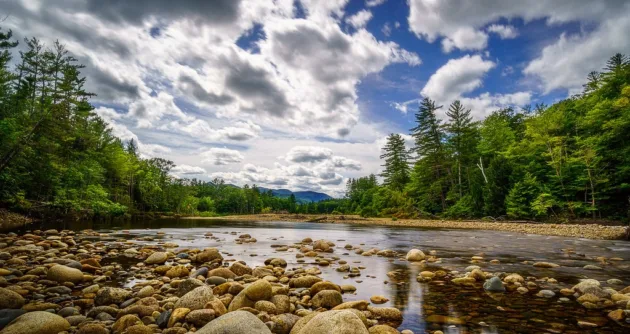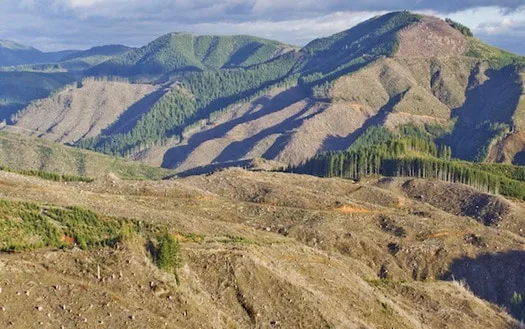The following is an excerpt from the Community Environmental Legal Defense Fund’s fall 2020 newsletter “Observing Revolution.” Email info@celdf.org to receive a hard and/or electronic copy of our newsletters.
Recently, community efforts in Ohio have gained international acclaim. Toledo, Ohio, residents drafted and, in 2019, adopted a Rights of Nature law using Ohio’s local ballot initiative process. The adoption of the Lake Erie Bill of Rights has permanently altered the political consciousness of the Great Lakes region. Toledo residents’ action inspired communities globally—and locally—to engage in radical lawmaking. LEBOR captured the imagination of millions, advancing an uncompromising vision for rights of ecosystems that compliments a powerful human right to water—all in defiance of corporate legal supremacy. Toledoans understand that people and Nature are not separate living entities. They understand that what happens to Nature, Lake Erie in particular, directly affects them.
LEBOR helped launch the broader movement’s tactics and visions into the mainstream. But it does not exist in a vacuum; rather, is part of a movement ecosystem.
Organizing in Ohio has been ongoing since 2012, leading to the passage of six community rights laws and the proposal of 35 more. These efforts have navigated, confronted, and adapted to calculated backlash and intimidation from the State of Ohio and highly influential corporate lobbies. Like water, the movement has morphed and adapted to whatever opposition it confronts—while maintaining its strength.
How movements grow
LEBOR, the latest community rights and Rights of Nature law to be adopted in Ohio, was the first law passed in the United States that focused on the rights of a specific ecosystem. The larger movement, with all its setbacks, successes, and lessons learned, are responsible for LEBOR’s passage and success. More communities are building off LEBOR.
These dynamics within the movement can be hard to notice or appreciate. When LEBOR is observed in isolation, people see it as a law that lived for one year, in the traditional sense: a loss. (In February 2020, a single federal judge decided to strike the peoples’ law down.)
But that “loss” came only after legal theories in favor of the recognition and enforcement of the rights of Lake Erie and to Due Process to water were heard in federal court for the first time. Thousands of groups and individuals took a stance in defense of LEBOR; local politics were altered to make it politically inevitable for the City of Toledo to defend the people’s law; and, it inspired others to take up the fight and advanced the concept of Rights of Nature further into the mainstream. This is very much a win.
LEBOR is like a maple tree, which releases “helicopter” seeds. Those seeds root at unpredictable times and in unpredictable places. A single maple can release thousands of these helicopters, but only a few seeds ever find a suitable place to grow. There, the seed sprouts. That seedling, though it may appear isolated and forced to withstand assaults on its own, is in fact part of a wider ecosystem that helps sustain it. Eventually it releases its own seeds. This is how movements for change grow.
A hidden network continues to grow
As LEBOR was being featured in The New York Times, The Guardian, VOX, The Daily Show, CNN, Le Monde, and other publications, a neighboring county was advancing a “Rights of the Michindoh Aquifer” county charter to protect that massive underground freshwater system from privatization and exploitation. The aquifer is the sole source for drinking water for over 385,000 people and is under threat by private water corporations.
Williams County residents’ first effort was suppressed by government officials. Though petitioners gathered the required signatures, corporate attorneys were able to convince local officials to interfere with the local democratic process to stop the voting process. (This has happened in over a dozen other Ohio communities since 2015.) While Williams did not gain international attention, they are very much a part of a larger growing movement.
Today, petitioners in Columbus, Ohio are fighting to similarly preserve democracy, during the Covid-19 crisis. The movement continues.



